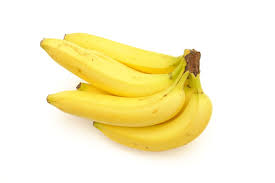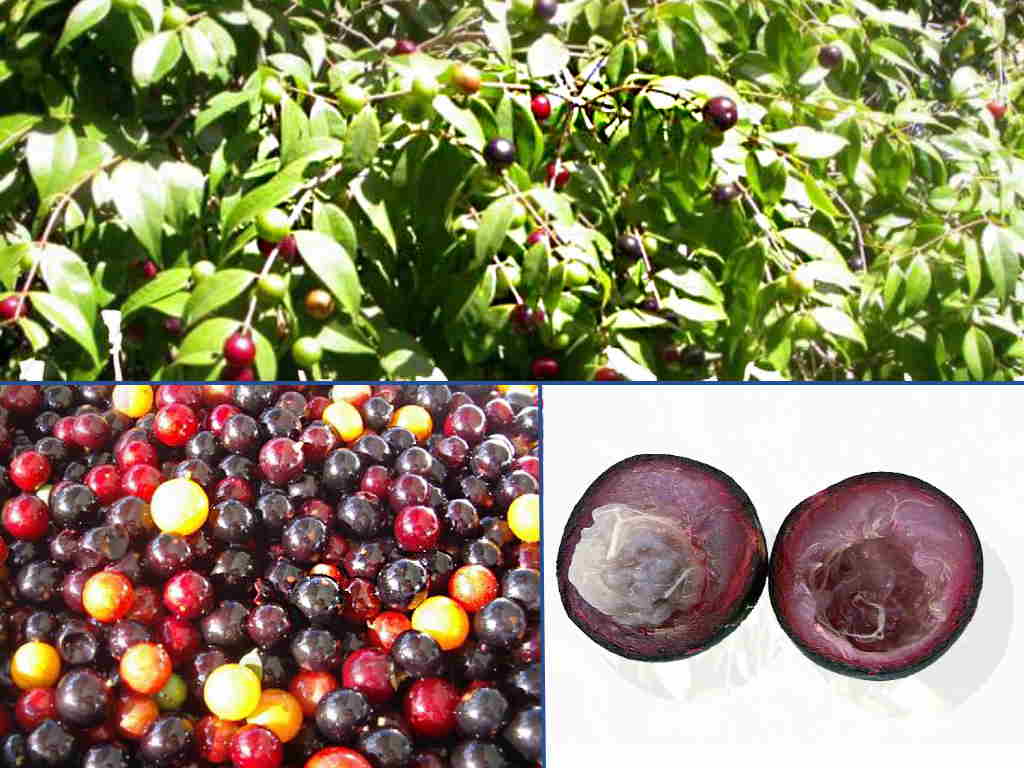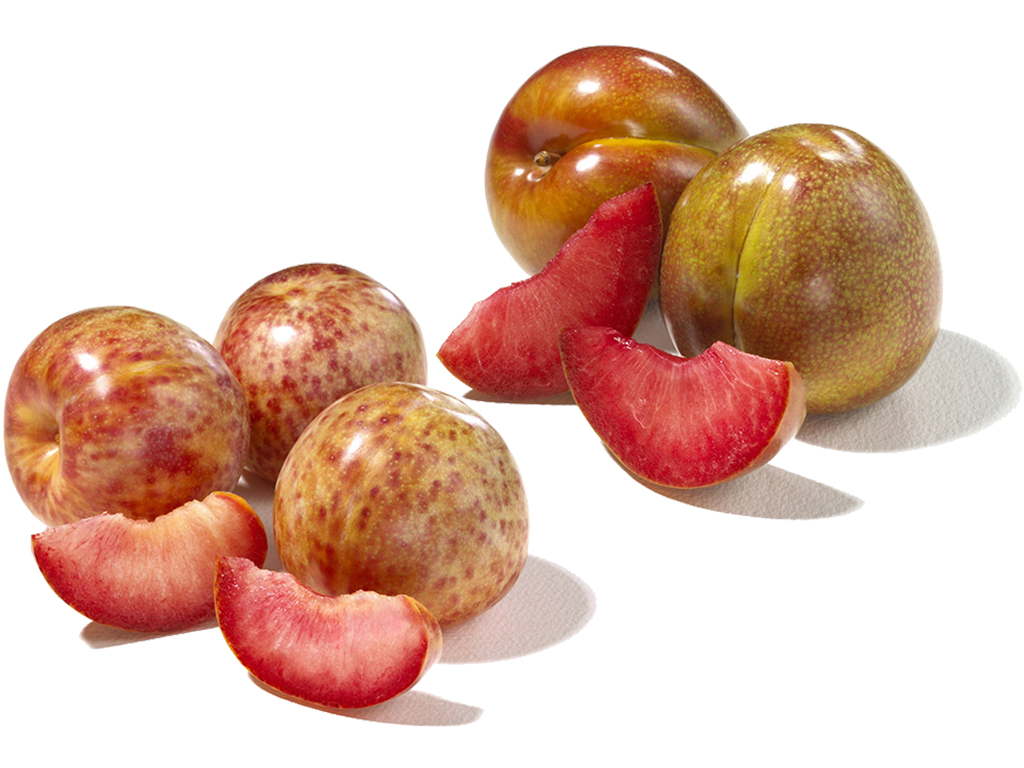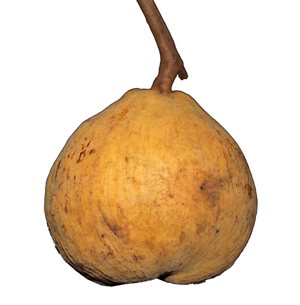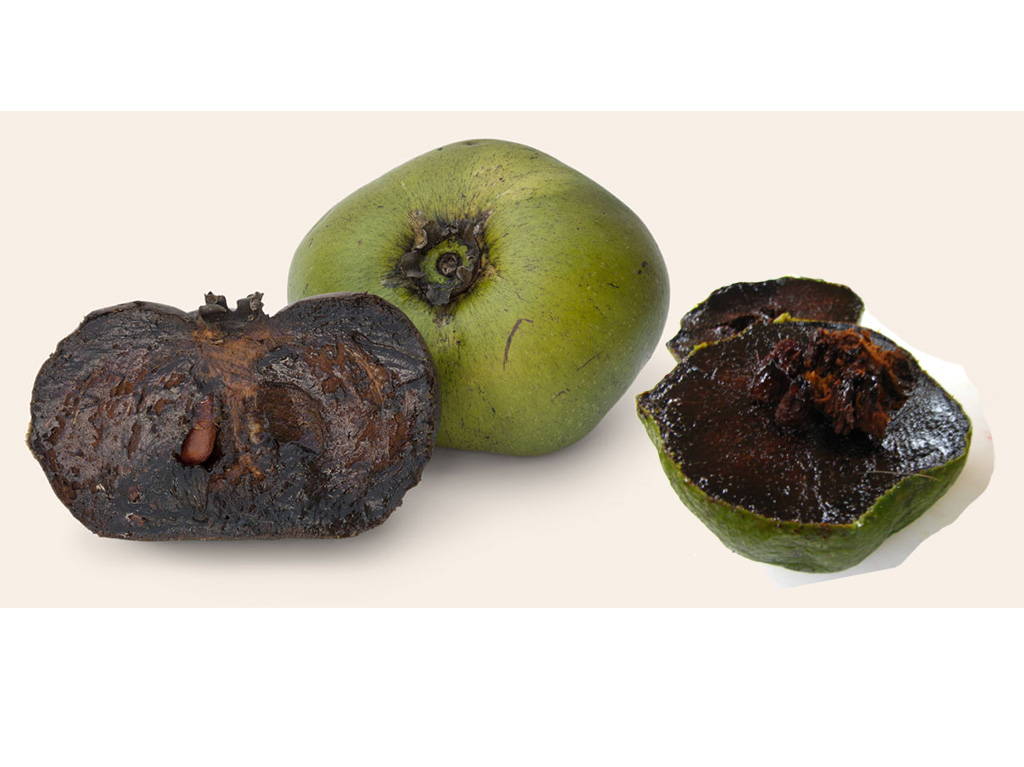Vani
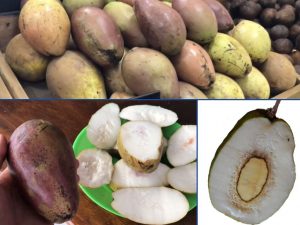 Vani (lat. “Mangifera caesia”, White mango, Wani, Belunu, Binjai, Yaa-lam, White mango, Bayuno, Mangga wani, sometimes the name Jack, that is, Jack, but not to be confused with Jackfruit!) Is actively cultivated in Indonesia, Malaysia, Brunei (these three states share the island of Borneo, which is considered the birthplace of Vani), Singapore, Papua New Guinea and the Philippine Islands.
Vani (lat. “Mangifera caesia”, White mango, Wani, Belunu, Binjai, Yaa-lam, White mango, Bayuno, Mangga wani, sometimes the name Jack, that is, Jack, but not to be confused with Jackfruit!) Is actively cultivated in Indonesia, Malaysia, Brunei (these three states share the island of Borneo, which is considered the birthplace of Vani), Singapore, Papua New Guinea and the Philippine Islands.
The name, of course, is misleading, because this fruit has only a distant relationship with all the familiar mangoes, since they both belong to the same Anakrdievy (Sumakhovy) family, but the usual mango belongs to the same name mango, and Vani to kind “Anacardium” and is a type of cashew! So “White Mango” is just a trick, it is better to use some of the local names, the most common are the Indonesian version of “Vani” (emphasis on “and”) and the Malay “Binjai”.
It is important that the fruits are ripe for consumption, since the juice of unripe fruits can cause irritation on the skin and serious consequences if ingested. Unripe fruits are green in color and hard to the touch. In the mature form, the fruits of white mango are quite large, they are oval in shape and reach a length of 15 centimeters and a diameter of 8 cm. The peel is very thin, dark with even darker spots, it does not peel well. The pulp is white, juicy, very tender and fibrous in consistency, and inside there is one large bone. Ripe fruits are very fragrant, and everyone who tasted it is delighted with the sweet taste of the pulp. The most interesting comparison is with the taste of ice cream (well, someone like …).
In addition to eating raw, Vani is also consumed by dipping in soy sauce and chili … The local population also makes it the basis for spicy sambal sauce.
From the sweet taste of this fruit it is clear that it is rich in various sugars, but in addition, it contains many vitamins (A, B, D, E and especially a lot of C), essential amino acids, of course, micro and macro elements.
